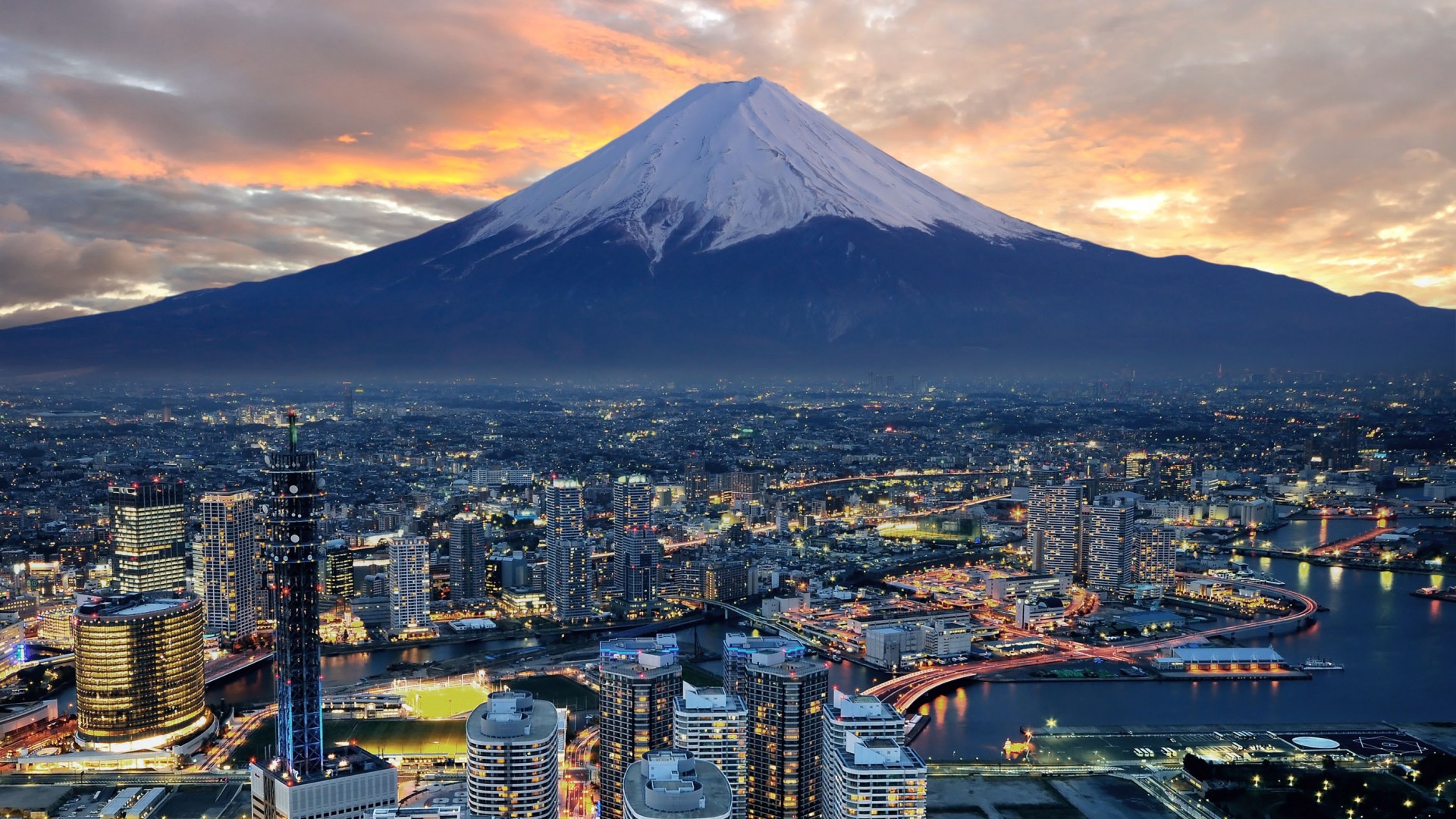Genki 1-Lesson 2 Grammar Note
Genki 1-Lesson 2 Grammar Note
これ、それ、あれ、どれ
What do we do when we want to talk about things that we do not know the names of? We say “this thing,” “that one”, and so forth. In Japanese, we use kore, sore and are.
これは いくら ですか。: How much is this?
それは さんぜんえん です。: It is 3,000 yen.
Kore refers to a thing that is close to you, the speaker (“this thing here”). Sore is something that is close to the person you are talking to (“that thing in front of you”), and are refers to thing that is neither close to the speaker nor the listener. (“That one over there”).
There is also an expression core for “Which”. Here is we will learn to use core, in sentence like
どれですか:Which one is it? (that you are talking about)?
In this lesson, we will not explore the full extent to which the word core can be put to use, because there is a slight complication with question words like dore. Questions words like dore and nano cannot be followed by the particle wa. Instead, you must use the particle ga and say:
どれが あなたの ペンですか。Which ons is your pen?
この/その/あの/どの + Noun
If you want to be slightly more specific than kore, sore, and are, you can use kono, soon, and ago together with a noun. (Note here that the re series must always stand alone, while the no series must always be followed by a noun.) Thus, if you know that the item in your hand is a watch (tokee), instead of:
これは いくらですか。
このとけいは いくらですか。
Similarly, if you are talking about a watch that is held by the person you are talking to, you can say:
そのとけいは さんぜんえんです。That watch is 3,000 yen.
あのとけいは さんぜんごひゃくえんです。That watch is 3,500 yen.
どのとけいが さんぜんごひゃくえんですか。Which watch is 3,500 yen?
Since dono is a question word, just like core discussed above, we cannot use the particle wa with it, we must use ga.





